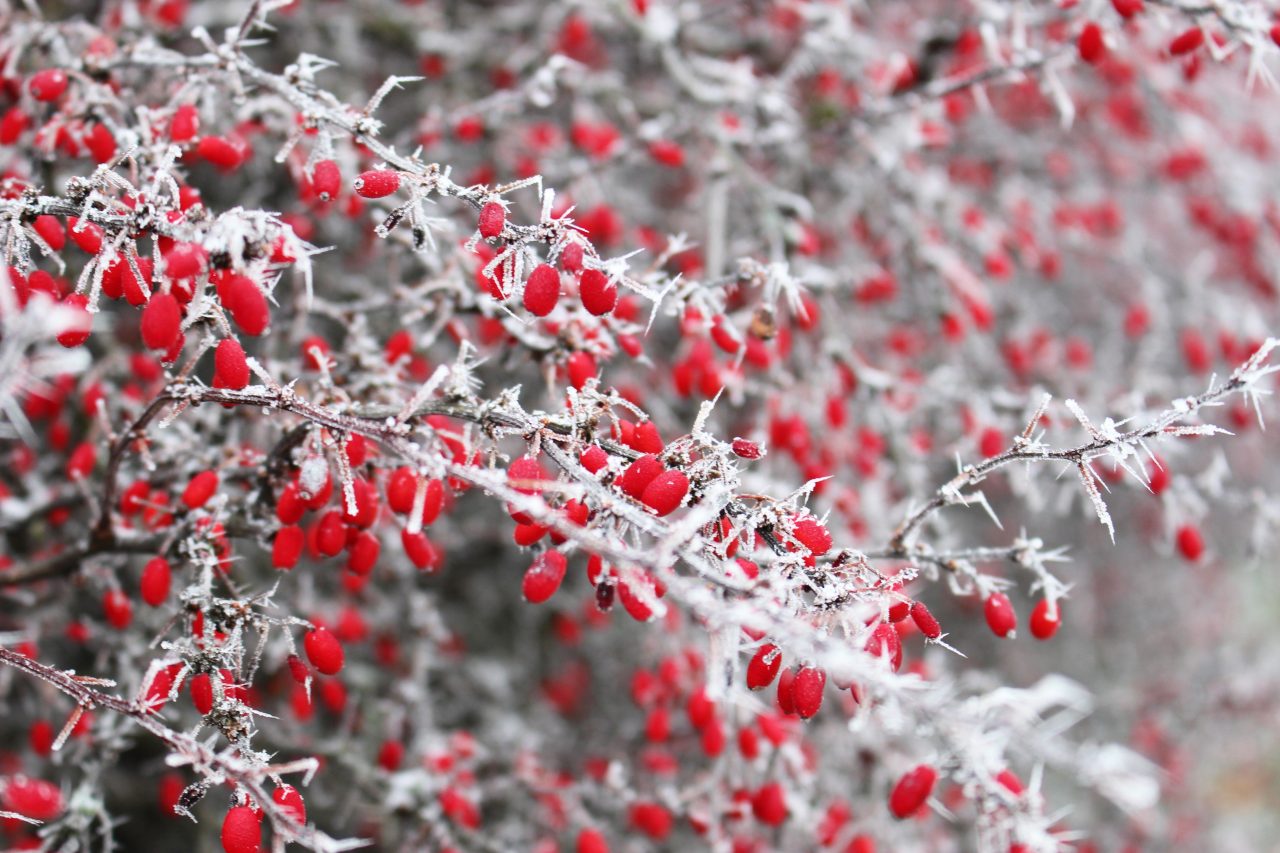Colon cancer or also known as colorectal cancer is one of the most efficient killers out there which is sad because it is quite possibly one of the easiest cancers to treat since most of what you consume goes through the intestines. That is also the reason why colon cancer is so prevalent. With all the mutagenic substances present in our daily diets, it’s a bit hard to avoid destroying our bodies with them.
Below you will find a list of herbs active against colon cancer, mostly these cell lines: HT-29, RKO, HCT-116, LoVo, CaCo-2, SW480, Colo-205, Col-2, CT26, SW-620, HCT-8, HCT-15, Colo 320, Col-26, NCT-116, SW680, LS-174, HCT-15, SW-621. As you can see, there is a huge amount of cell lines that are used for testing (more than 70 for sure), so you can always find more and look up the herbs that may be active against them. Some of these cell lines differ in what mutant genes they contain, so if you find herbs that are active against some and inactive against others, you can investigate them more (especially with relation to your condition).
Also do note that it might be a bit of a struggle to find references for some of these, but just like with my other lists, the first two sections may be based on my personal experience.
Very effective and non-toxic herbs that I recommend
- Oldenlandia (stem + leaf) [Oldenlandia/Hedyotis diffusa]
- Lesser galangal (root) [Alpinia officinarum]
- Zedoary (root) [Curcuma zedoaria]
- Goji (leaf + berry) [Lycium barbarum]
- Jiaogulan (leaf) [Gynostemma pentaphyllum] {tincture}
- White peony (root) [Paeonia lactiflora] {tincture or water infusion}
- Ginseng (root) [Panax ginseng] {tincture or water infusion}
- Self-heal (flower spikes) [Prunella vulgaris / asiatica]
- Patrinia scabiosaefolia / villosa
- Rabdosia rubescens
- Sarsaparilla (root) [Smilax officinalis] {tincture}
- Nut grass (root) [Cyperus rotundus] {tincture}
Less effective herbs with low or no toxicity
- Honeybush (leaf) [Cyclopia intermedia]
- Astragalus (root) [Astragalus membranaceus]
- Ashwagandha (root) [Withania somnifera]
- Ginger (root) [Zingiber officinale]
- Black cumin (seed) [Nigella sativa]
- Moringa (leaf) [Moringa oleifera]
- Red sage (root) [Salvia miltiorrhiza]
- Eleuthero (root) [Eleutheroccocus senticosus]
- Notoginseng (root) [Panax notoginseng]
- Guduchi (stem + leaf) [Tinospora cordifolia]
- Anemarrhena (root) [Anemarrhena asphodeloides] {tincture}
- Japanese honeysuckle (flower) [Lonicera japonica]
- Boswellia spp. (resin)
- Rosehip (fruit) [Rosa canina]
- Chinese gold thread (root) [Coptis chinensis]
- Blackcurrant (leaf) [Ribes nigrum] {tincture}
- Punarnava (root) [Boerrhavia diffusa] {water infusion}
- Cork tree (bark) [Phellodendron amurense/chinensis]
- Carqueja (aerial parts) [Baccharis trimera]
- Mountain ironwort (aerial parts) [Sideritis montana]
- Mondo grass (rhizome) [Ophiopogon japonicus] {only water infusions}
- Celery (leaf) [Apium graveolens] {only water infusions/fresh juice}
- Ligusticum chuanxiong (root) {only water decoctions}
- Curcuma wenyujin (root)
- Lovage (leaf) [Levisticum officinale] {only water infusions}
- Bidens tripartita (stem + leaf)
- Horny goat weed (leaf) [Sagittatum epimedium] {only water infusions}
- Satureja (leaf) [Satureja hortensis]
- Black jujube (fruit) [Ziziphus jujuba]
- Smilax glabra (root) {only water decoctions}
- Coriander (seed) [Coriandrum sativum]
- Imperata cylindrica (root) {only water infusions}
- Carica papaya (leaf) {tincture}
- Uncaria rhynchophylla (stem)
- Houttuynia (aerial parts) [Houttuynia cordata]
Toxic herbs
- Andrographis paniculata
- Curcuma longa
- Glycyrrhiza glabra
- Rubia cordifolia
- Salix alba
- Dryopteris crassirhixoma
- Thymus vulgaris
- Isatis tinctoria
- Viscum album
- Scutellaria barbata
- Artemisia annua
- Polygonum cuspidatum
- Magnolia officinalis
- Inula helenium
- Tribulus terrestris
- Stephania tetrandra
- Ganoderma lucidum
- Cordyceps chinensis
- Portulaca oleracea
- Azadirachta indica
- Juglans regia
- Paris polyphylla
- Pulsatilla spp.
- Sophora flavescens
- Elephantopus scaber / tomentus
- Dictamnus dasycarpus
- Trichosanthes spp.
- Melia azedarach / toosendan
- Carthamus tinctorius
- Evodia rutaecarpa
- Xanthium sibiricum
- Tripterygium hypoglaucum
- Angelica sinensis
- Atractylodes macrocephala
- Trichosanthes kirilowii / rosthornii
- Tripterygium wilfordii
Grey area (may or may not be toxic)
- Belamcanda chinensis
- Camellia sinensis
- Gloriosa superba
- Gossypium hirsutum
- Celastrus orbiculatus
- Catharanthus roseus
- Saussurea lappa
- Sanguinaria canadensis
- Dictyopteris undulata
- Fragaria vesca
- Caralluma fimbriata
- Centipeda minima
- Actinidia macrosperma / valvata
- Pteris semipinnata
- Arnebia spp.
- Rabdosia serra / lophanthoides
- Toona sinensis
- Trametes robiniophila
- Rabdosia excisa
- Wikstroemia indica
- Physalis angulate
- Lycoris radiate / chinensis
- Cremastra appendiculata
- Camptotheca acuminate
- Lysimachia clethroides
- Celastrus hypoleucus
- Uvaria microcarpa
- Tylophora floribunda
- Tylophora atrofolliculata
- Anemone raddeana
- Viburnum odoratissimum
- Stellara chamaejasme
- Euphorbia kangui
- Actinostemma lobatum
- Momordica charantia
- Ligustrum lucidum
- Glehnia littoralis
- Phellinus igniarius
- Inula japonica
- Typhonium giganteum
- Codonopsis lanceolate
- Laetiporus sulphureus
- Dendrobium spp.
- Rabdosia rosthornii
- Sinopodophyllum hexandrum
- Plumbago zeylanica
- Cynanchum paniculatum
References to come later or upon request

Leave a Reply